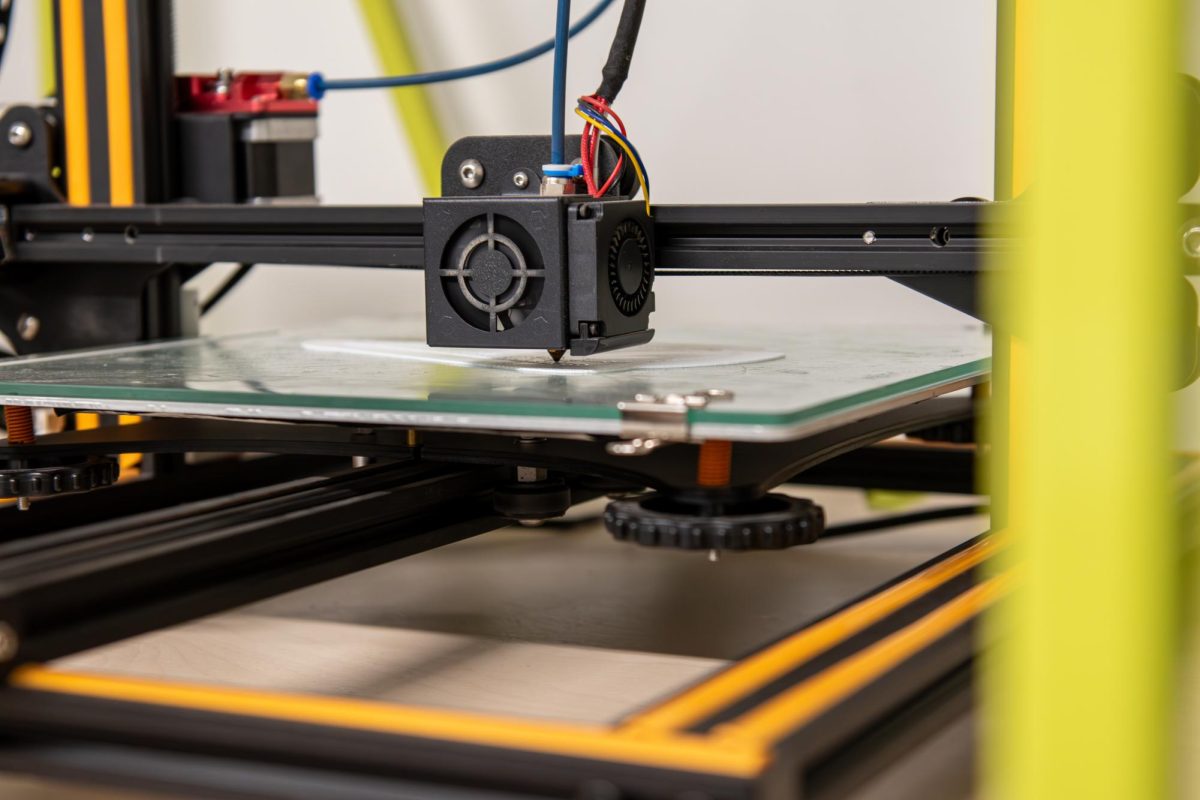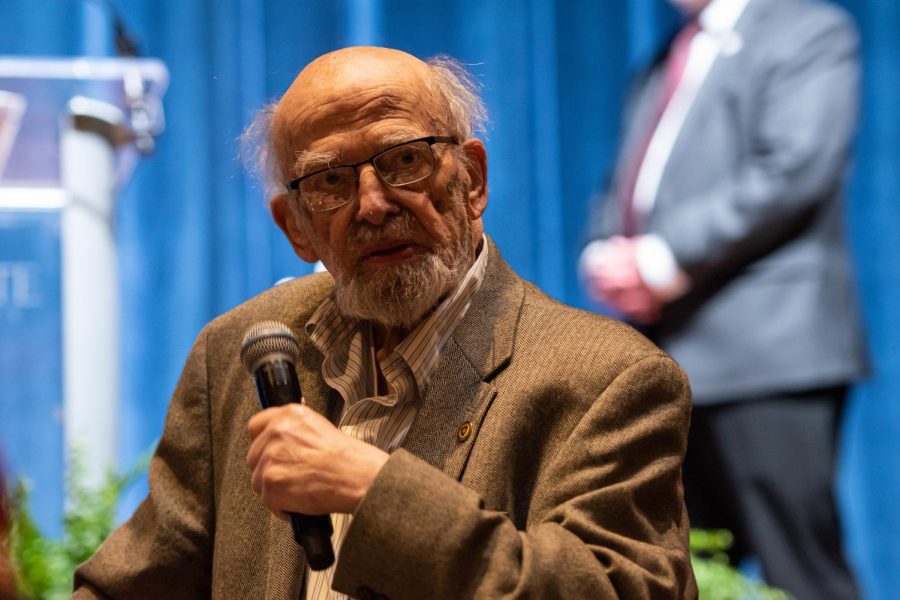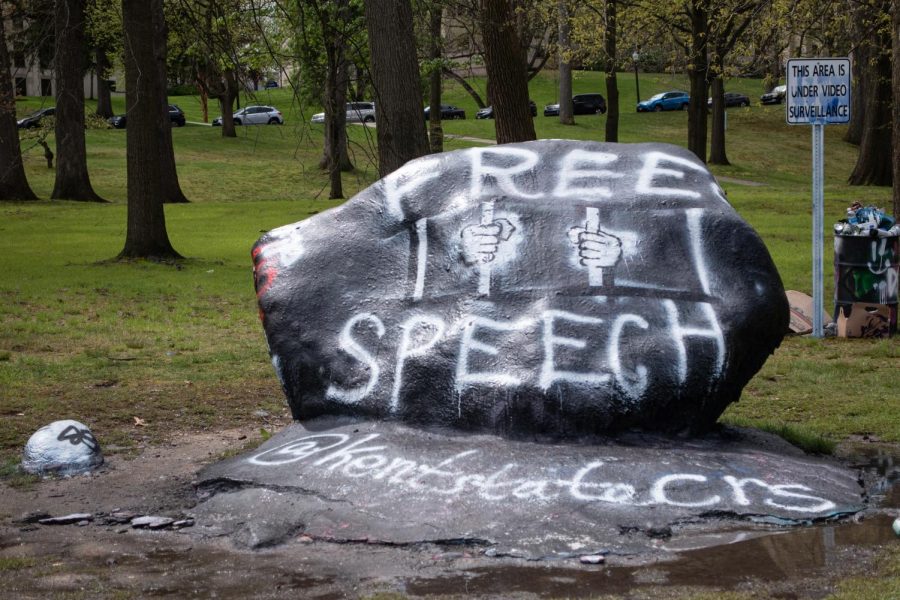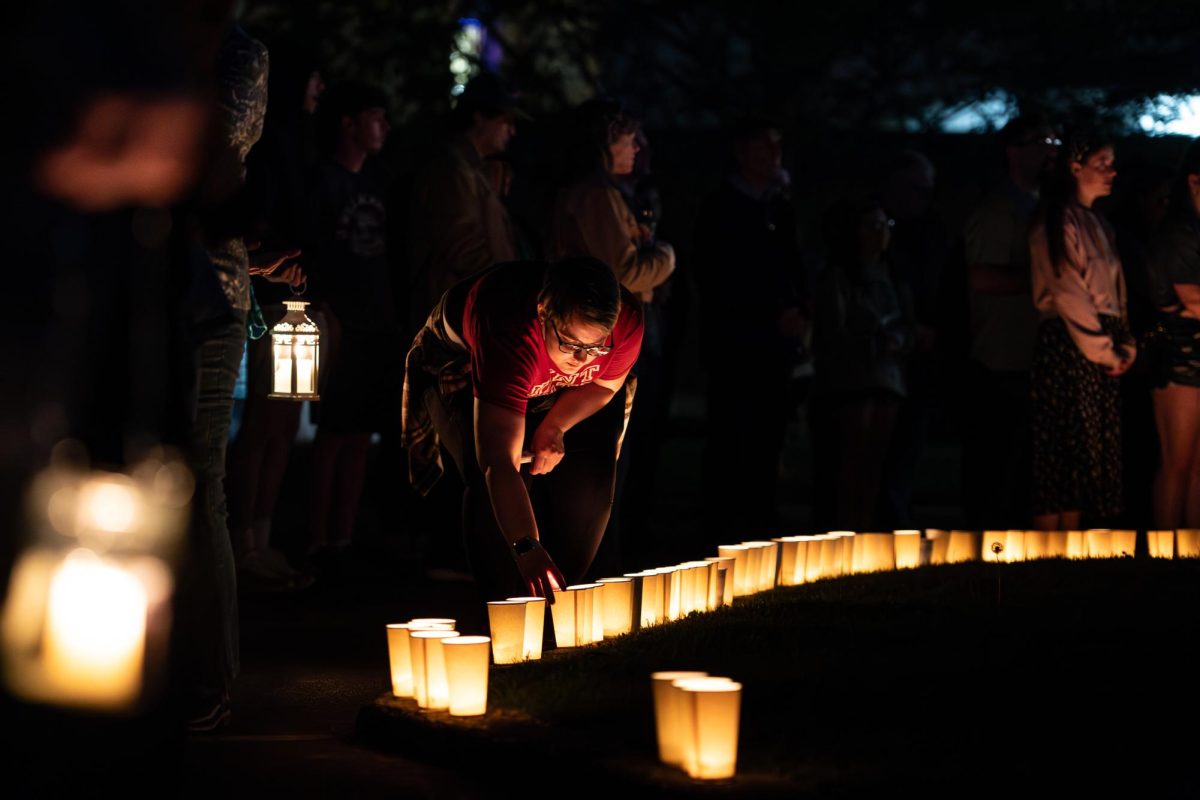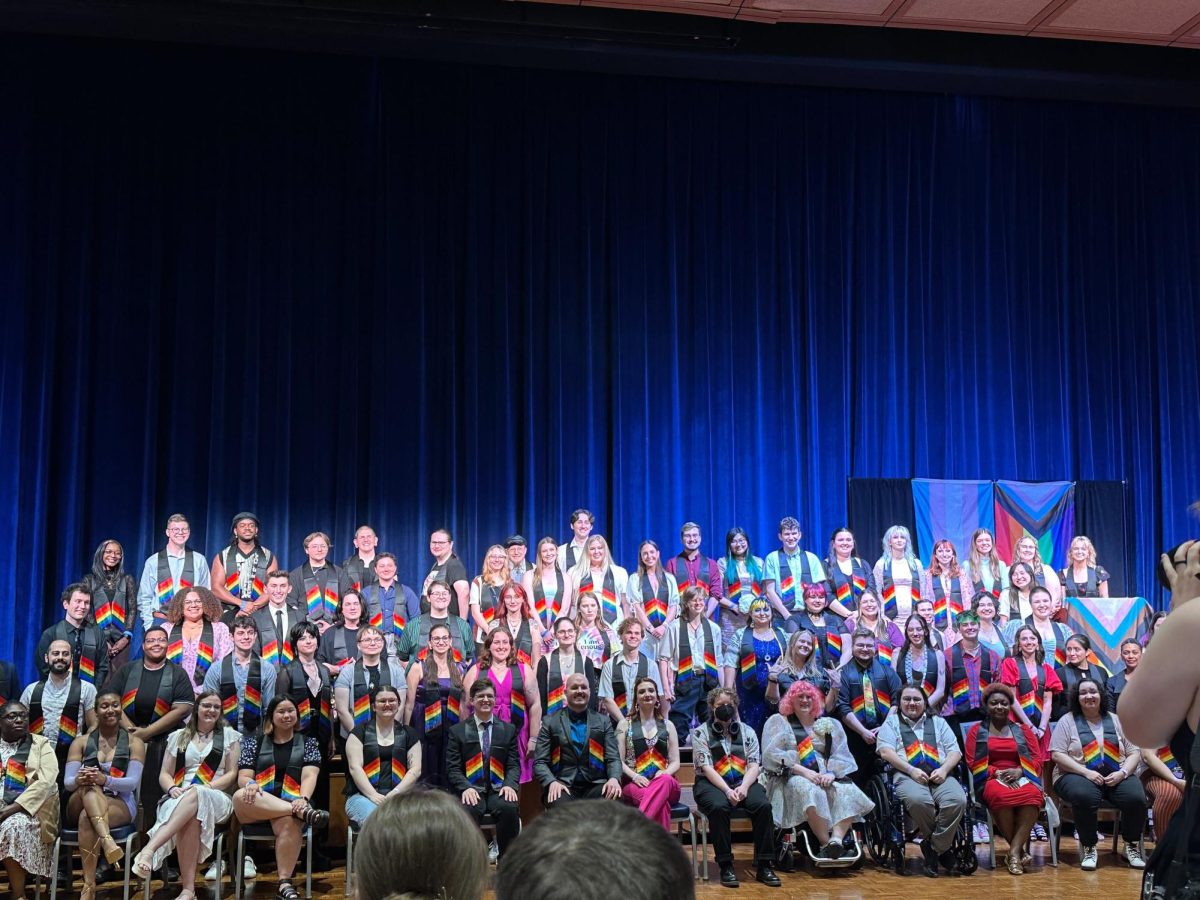As the use and availability of 3D printing is becoming more widespread, various colleges on campus are utilizing the advantages.
The School of Fashion is introducing 3D printers to their building starting this week. While students have been utilizing 3D printing for some time through other resources like the DI Hub, the school will now be getting its own.
Margarita Benitez, faculty director of the TechStyleLAB, said she plans on training the student workers in the lab to help others through the process of printing, as well as workshops for all undergraduate and graduate students in the school.
Benitez said she looks forward to what these new accommodations will bring since she has seen the benefits the 3D printers provide fashion students.
“I have worked with students in the past individually if they came in with a project or an idea, and I have worked with them and helped them print that out,” Benitez said. “One girl actually came in with a full model ready to go, and she came in to talk to me about software. The next thing I knew, she had a face mask completely modeled. It was amazing.”
Fashion students can make a variety of apparel with 3D printers and incorporate them with various materials, Benitez said.
“It could be an accessory, or if you make it more like a fabric it could be different pattern pieces that you put together into a purse, into a garment, or into accessories like necklaces, hats, hair pieces,” Benitez said. “We’ve had students try printing 3D shoes, so that’s something you could do as well.”
Benitez finds inspiration from Iris Van Herpen, a fashion designer who uses 3D printing. Van Herpen often works together with architects to design certain pieces since, as Benitez said, there is a lot of engineering and math that goes into the production of 3D printed pieces.
“One of the reasons I think that fashion designer Iris Van Herpen collaborates a lot with architects is because the architects use all these 3D tools and she has the vision,” Benitez said. “They collaborate on the dresses and what she wants, and the architects work on the materiality. They work with the software to create the forms that I’m sure go back and forth a bunch of times, and then they’re able to work with these high-end companies that create these one-of-a-kind pieces.”
The College of Architecture and Environmental Design is another place on campus where 3D printers are stationed.
According to Nick Safley, an assistant professor in the College of Architecture and Environmental Design, utilizing 3D printing is a large part of the coursework students in the college have. The printers are most commonly used for making small models during the designing process of full-scale buildings.
“To the students, there’s a pretty robust culture of printing just across the whole school,” Safley said. “A lot of times in the studio-based courses, which is what most of the architecture students spend most of their time on, it’s where you learn basic design skills.”
While 3D printing is not completely taking over hand drawing or building models with X-ACTO knives and saws, it does provide a new technique for architects to utilize.
“Whereas we might have been building this by hand before or using a laser cutter, a lot of the students use these to produce three-dimensional representations of a particular form,” Safley said.
The opportunity students in the college have to access the 3D printers will likely help them in their future careers as the technology grows and develops in popularity, which is what Safley said he sees happening down the road.
“The thing that’s on the horizon is that full-scale printing for structures, particularly houses, is a technology that’s still new, but it’s rapidly improving,” Safley said. “The skills that you learn while you’re teaching, or when you’re in school, that might apply on the desktop scale, now would actually be very closely related to something that would be a one-to-one construction.”
Similar to Benitez, Safley said he sees the benefits students are gaining from this technology, particularly how the modeling processes can be accelerated.
“A lot of times it makes the most sense, particularly early on in a project, to work on a 3D printer, because it’s just a more expedient way to do it,” Safley said. “3D printing is a good, good technology.”
Kayla Gleason is a reporter. Contact her at [email protected].













